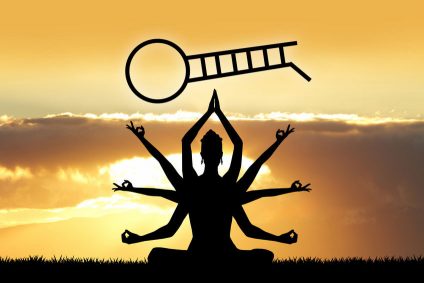
Written By: Sayer Ji,
In the post-Genomic, a revolution is afoot, but it will be felt first before it is fully known by the intellect.
“One could not pluck a flower without troubling a star.” – Francis Thompson
A new study published in Medical Hypothesis suggests, among other things, the existence of a plausible molecular mechanism to account for a hitherto inexplicable aspect of the so-called Gaia hypothesis; a theory which proposes that the Earth is self-regulating and controlled by the community of living organisms.
The new study, with its unforgivably long title, “Possible role for microRNAs as inter-species mediators of epigenetic information in disease pathogenesis: Is the non-coding dark matter of the genome responsible for epigenetic interindividual or interspecies communication?“, identifies transcribable elements within the so-called “dark matter” of the genome (the about 98.5% of the genome that does not code for proteins) known as non-coding RNAs. One kind of non-coding RNA identified in the study known as microRNA is believed capable of acting as a master regulator of gene expression across kingdoms.

depiction of a microRNA
Produced by bacteria, fungi, plants, and animals, microRNAs are capable of surviving digestive and assimilative processes intact, entering the tissues of these organisms and affecting the expression of a remarkably wide range of genes (approximately one third of our entire genome). If MicroRNAs indeed function as cross-kingdom master regulators of the divers members of the biosphere, every living thing is therefore inseparably connected via interpenetrating webs of genetic and epigenetic relationships. This perspective radically diverges from classical evolutionary theory where organisms are viewed externally related to one another, with self-preservation and survival — not co-operation — as primary instinct.
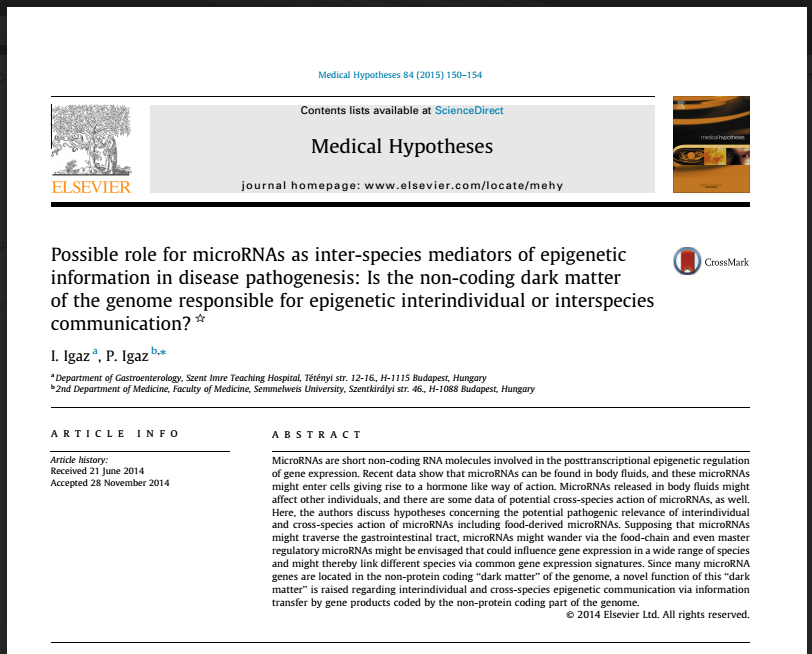
This view also invites a complete re-visioning of the tree of life. Unlike the conventional model, where the DNA is hermetically sealed off within the lockbox of each species, evolving in isolation at a glacial pace, except for extremely rare horizontal gene transfer events (such as retroviral vectors that incorporate into the germline and become endogenized as endogenous retroviruses), the newer, more “open access” model would permit species to alter and affect another’s phenotype in real-time, along with potentially altering its long-term evolutionary trajectory by affecting epigenetic inheritance patterns. This speaks to a co-evolutionary and co-operative model, with all areas of the tree of life, co-developing in a highly complex and seemingly highly intelligent, carefully orchestrated manner.
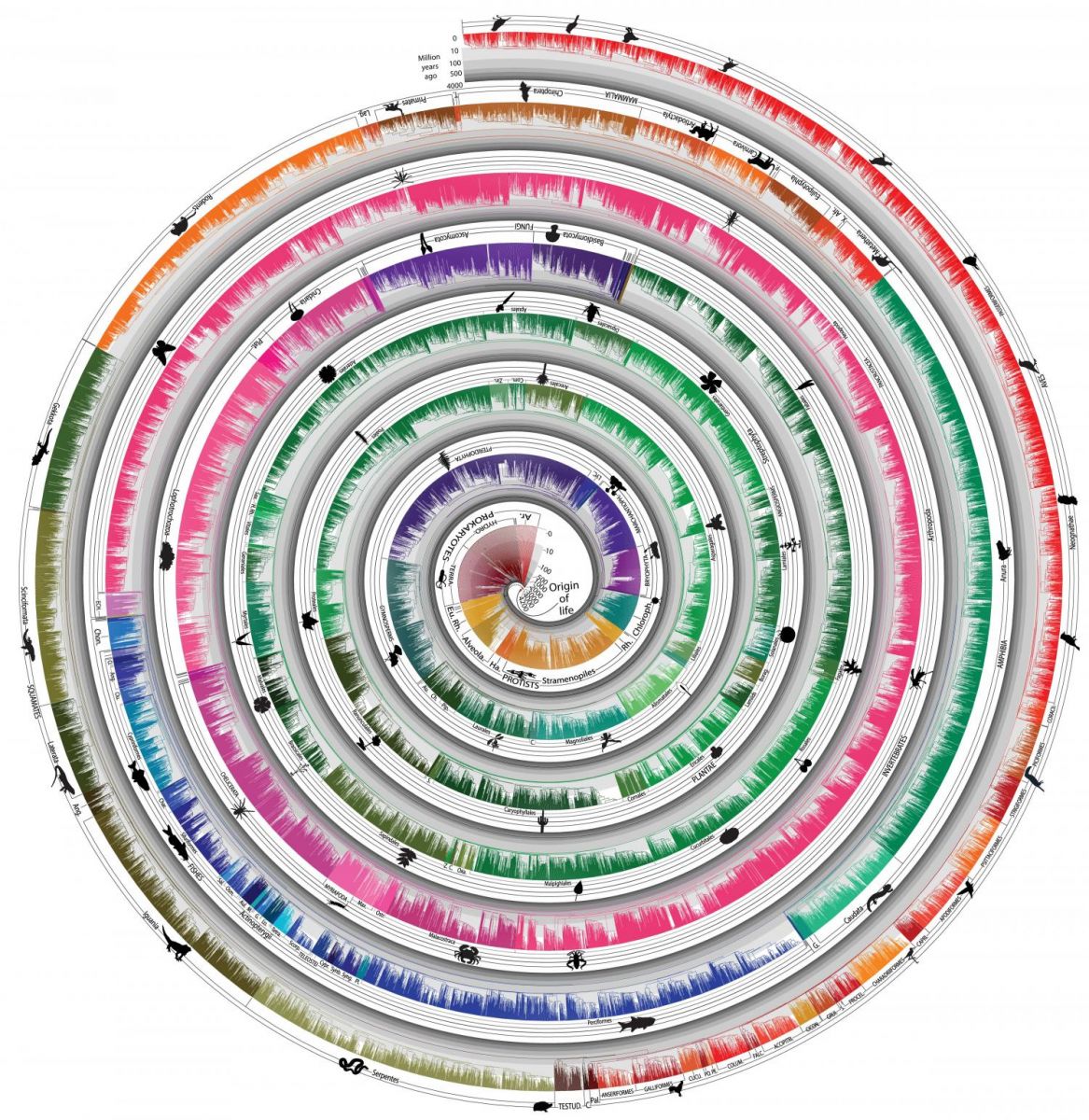
A spiral-like depiction of the tree of life introduced by Temple university researchers in 2015
The Post-Genomic Era, and the “Open Access” Genetic Infrastructure of Life
One of the most important discoveries of our time is that while only a small portion (1.5%) of the DNA in the human genome codes for proteins (“hardware”), nearly the entire genome is transcribed. Previously labeled “junk DNA,” it has been estimated that 70-90% of the transcriptome are information-containing and gene-modulating molecules known as non-coding RNAs (“software”). Non-coding RNAs, such as microRNAs are known to regulate the expression of the majority of protein-coding genes in the human genome, primarily through their gene-silencing properties. And so, the discovery of the potentially primary role of RNAs in gene expression adds a much needed layer of complexity to help explain the miracle of the human body, and life in general. Ultimately, I believe, the discovery reveals the genetic infrastructure of the myriad species on the tree of life is actually far more “open access,” and therefore both resilient/changeable and fragile, than ever before imagined. In other words, non-coding RNAs make possible a horizontal process of ‘communicating,” ‘exchanging,’ and incorporating vitally important information in a relatively free manner, and in real time versus glacial time. And as a result, species, across all kingdoms, are integrated into a web-like interdependence and co-evolutionary collaboration that was hitherto considered, from the perspective of molecular biology, genetics, and orthodox evolutionary biology, impossible.
The Return of the Goddess
In 1970, when the chemist James Lovelock and microbiologist Lynn Margulis first invoked the image of a Greek Goddess to describe the evolution of the Earth’s tightly coupled living (biotic) and abiotic (non-living) layers into a self-regulating system, the scientific establishment was far from ready to embrace such a notion.
After all, at that time, no known biological mechanisms existed to account for how Earth’s myriad living species could communicate and/or share nucleic-acid encoded information with one another, across kingdoms. The genetic make-up of plants and animals, for instance, was believed locked away within the hermetically sealed off nucleus of the cell, with the only theorized direction of information flowing from the inside out: DNA>RNA>protein. Also, it was believed that the primary mechanistic impulse of the genetic element of life was to selfishly reproduce. The Gaia principle, therefore, seemed precluded by the inherent selfishness of genes.
In the intervening years – now, almost a half century later – a tidal wave of new discoveries and research has emerged to undermine the old, now quite frankly dead gene-centric paradigm, along with its ‘co-morbid’ ideologies, such as the Dawkins’ styled ravenously selfish evolutionary imperative.
For instance:
- The discovery of reverse transcriptase in 1970, shows genetic information via a retrovirus can insert RNA back into the genome’s DNA.
- Barbara McClintock’s jumping genes, which showed that horizontal gene transfer is a common occurrence, and which shows a mobility, plasticity, and promiscuity in our genetic makeup so scandalous as to cause a battery of orthodox assumptions to go into meltdown.
- The discovery of exosomes: Nanoparticles secreted by living cells, plant and animal, contain information containing molecules which directly alter gene expression, including carrying information from soma to germline cells, essentially validating Larmarckism!
- The discovery of prions, and the ability of proteins to transfer their information (pathogenic as well as beneficial) laterally without any transfer of physical substance, nucleic or otherwise, put the entire dogma, and the orthodoxy erected upon it, into free fall and ultimately total ideological devalidation, which is to say destruction.
- The discovery of the microbiome, which centers our genetic and epigenetic identity not on the primary DNA sequences in our genome, but the shared genome and epigenome contributions of all species of microbes in our bodies, plus our own — the so-called holobiont.
And then the central dogma of molecular biology, as faith-based and pervasive as that of any religion (maybe more so), collapsed with the completion of the human genome project (2003)! There were not even enough protein-coding genes to account for the about 100k different proteins found in the human body. Clearly, we had to look to factors beyond these protein-coding genes to explain even the existence and functions of the human body. This launched the explosion of interest in epigenetics, followed quickly by the microbiome, which was an event horizon we passed through at the turn of the third millennium. Most of us have no idea has even occurred but is truly Copernican in implication (watch my presentation at the Functional Forum in Boulder for more on this below).
So, in the post-Genomic era, it is starting to look like the ‘dark matter’ of the human genome is eclipsing in importance the known, protein-coding sequences, which account for only about 1.5% of the DNA’s 3 billion base pairs. Why? Because it has been recently discovered that most of our genome (estimated 70-90%) is transcribed into non-coding RNAs. And why would this be so, if not for a purpose? Life does not concern itself with producing anything without reason. The new paper suggests this as a possible answer:
“The function of these non-coding RNAs is largely unknown. Can it be hypothesized that a function of the non–coding (”dark matter”) would be the mediation of inter-individual, inter-species or cross-kingdom communication?”
When it comes to the protein-coding DNA, they are capable of modulating the majority of their expression, mainly through epigenetic gene silencing. They are, then, in theory master regulatory molecules. Not only that, microRNAs can travel between cell types within the body (soma to germline), but between species (read my report on the discovery of this phenomena a year ago). And this is where Lovelock’s hypothesis may receive some vindication:
“As microRNAs are major products of the non-protein coding part of the genome, these could be the primary mediators of epige- netic information traversing tissues, different individuals and even species, and thus linking different organisms. It cannot be excluded that beside microRNAs, other non-coding RNA molecules (e.g. long non-coding RNA molecules [30]) might also be involved in mediat- ing genomic information, but small molecular weight microRNAs would be the most suitable for such communication given their stability. Such communication via epigenetic microRNA mediators traversing different individuals, species and kingdoms might be regarded as partly analogous to the former Gaia-hypothesis that supposed a dynamic interaction between different creatures and even the abiotic environment [32]. In contrast with the Gaia hypothesis, however, only communication among living creatures can be hypothesized via these epigenetic mediators.”
The last point is important. The Gaia hypothesis needs more than microRNAs to make sense. And, in fact, a good amount of compelling research exists pointing to microbial life as the primary mechanism through which the Earth self-regulates (In a future post we will explore this research, first referenced in 1984 in Advanced Space Research: “Succession in A Microbial Mat Community: A Gaian Perspective,” and in 1985 in BioSystems: “Dessication Resistance and Contamination As Mechanisms of Gaia:).
That said, the discovery of microRNAs as a possible cross-kingdom master regulator of genetic and epigenetic information is profound…
MicroRNAs and Indira’s Pearls
If microRNAs are capable of great freedom of movement, traversing your body within virus-like exosomal vehicles, between soma (body) cells to germline cells (sperm), and then, between our bodies and those of bacteria, fungi, plants, and the biosphere as a whole, we are suddenly connected, in the very molecular fabric of our being, in a way that invokes the web of pearls of the Goddess Indira, for instance. Tug on one thread, and every other in the universe moves, or is affected. Such interdependence is the death of the ego, or the hubris of “every man for himself,” reduplicated in the ideology of molecular biology as “every selfish gene sequence for itself.”
We have here a rudimentary ontologically based ethics. Which is to say, instead of thinking “right” and “wrong” exists merely in the realm of subjective valuations, ego judgments, the realm of the mind that is projected onto matter. We are compelled to expand our appreciation of a natural order of things. An intelligence? A compassion? Compassion, of course, means to “suffer with.” We suffer with one another, in this RNA-mediated universe of epigenetic interdependence. We also rejoice, together, if as has been determined from thousands if not millions of years of co-evolutionary collaboration we abide by the natural patterns/laws that imbue fitness, health, and ecological synergy and balance. These “moral laws,” of “cause and effect” (karma), are inherent in the image of the Goddess. It is fundamentally her meaning. And when Lovelock invoked Gaia, this was because only the mysterious can explain or approximate the miraculous, which is life itself.
This paper is important. But it is just a glimpse of what is to come, or already here. There is so much more!
We are, quite literally, in this very moment in human and planetary history, experiencing the return of the Goddess.
Science Validates Mythos
Science itself (logos), which was once used to burn Mother Nature at the stake, torturing out her secrets as 18th century philosopher David Hume once expressed, increasingly confirms and synergizes with the mythos of ancient times. Science is not only discovering, but actively fomenting an appreciation for the universal laws of life, once encapsulated so poetically, but now via the optic of science, in the symbol of the goddess.
And so, today we live in a radically new intellectual climate – even if the vast majority of both the lay public and the professional community still cling to these tired old memes. Possibility has eclipsed necessity. Science’s ego has been so badly damaged, following the death of its basic ideological precepts and a prior beliefs, that it has been slapped back into its proper definition as a methodology, and not a belief system, a religion (Scientism), or a biopolitical construct designed for control of the population.
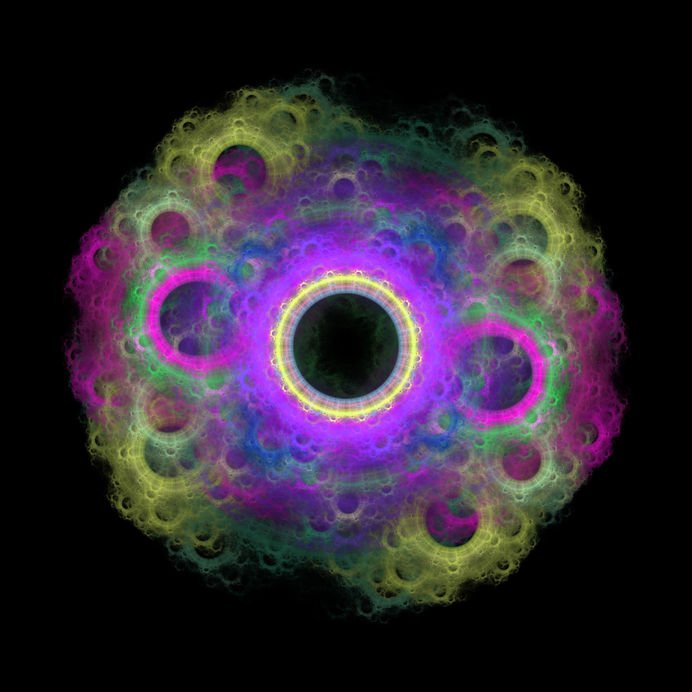
The Goddess. This ancient yet literal symbol of a once universal perceptual framework and ethos, which spanned the planet from Iberia to Siberia (as demonstrated by the pre-Neolithic archeological record of surviving artifacts, which universally referenced the Goddess), reappears today in the phenomena of uniparental inheritance. The discovery of a Mitochondrial Eve, for instance, or that the mother of our species passes down, starting in utero, the vast majority of the microbiome to the offspring, is no small change in perspective. If ONLY women pass down the mitochondrial genetic material in our cells conventional biologists believe account for the majority of the cell’s energy needs, clearly her role is dominant over the male’s spermatozoa-limited contributions. Read more about this remarkable transition in my article: “How The Microbiome Destroyed the Ego, Vaccine Policy, and Patriarchy.”
The half-century old patriarchal thrust of biology, centered as it was for so long on the belief that the most meaningful essence of life was in the digital information encoded in the nucleus of the cell, reproduced the same psychic impulse that has existed for thousands of years, and evidenced in texts like Genesis where the male God takes a rib from Adam to create Eve – in what Erich Fromm, I think correctly, psychobiographically critiqued as womb envy. We see the reversals now. The power grabs and tripping. A corrective perception of the natural order of things is regaining appreciation. If we are holobiont species, and the microbial component of that equation eclipses and outnumbers the genetic contribution of the human genome by 200 fold (4.5 million genes contributed by the microbial verses 23,000 genes contributed by the human (and orders of magnitude more non-coding RNA by these microbes!), the female’s role in the equation has profound, dominant, asymmetrical importance.
As the Copernican-type revolution of the discovery of the microbiome takes hold, but this time in reverse order (magnifying profoundly the importance of the earth in the solar system, not diluting it in relevance through its projection and diminutive recontextualization in the infinite, and as Pascal described, terrifying space of the Great Object), we come to appreciate that the boundaries between bodily self and other, the microbes in and on our body, and the biosphere as a whole, are permeable and inter-penetrative. To insult the earth with a biocide (e.g. Roundup/2,4 D) is to harm the self. All things are connected. The moral law emerges again through the optic of science, but speaks to a wisdom that is experienced bodily, viscerally, as a certainty of knowing.
Given this view, how, then, could the scientific community accept the idea as proposed that there existed a “top down” organizational flow, and which somehow was capable of coordinating the infinite complexity of individual species, such that they participated in a rudimentary form of super-intelligence? I mean, for us, living on this miraculous blue marble in infinite space, it is clearly apparent that the clumsy machinery of selfish genes clamoring for dominance against one another could not have lead to the obviously highly organized, symbiotic, and even seemingly goal-oriented results of billions of years of evolution. But, as the story goes, science (as a belief system; scientism) only acknowledges what it has decided it can prove as real.
An onto-ethics, finds the substance and symbolism of right and wrong IN the things themselves and their relationships. And if there is a “natural order,” or a “natural harmonic balance,” there are also ways and methods and duties and obligations. And what bespeaks the natural order better than biology, and the natural relationship and order between things? For instance, our bodies have an evolutionary imperative to secrete certain proteins to attract certain bacteria, who in turn, have an evolutionary imperative to commensally inhabit us. If this natural order is disrupted via faux foods, anthropogenic radionuclides, or chemical exposures, for instance, this is an onto-ethical violation, which results in a natural consequence (cause-effect; karma). And so, moral law is embedded in the things themselves and not an externality. Decision, however, is a sort of “externality.” Choice is that magic world-creating or destroying ingredient. The choice, also, not to choose – this is as real, as far as the onto-ethics, as choosing. An onto-ethics brings “activism” into its proper sphere of understanding, as a natural response to threats to the natural order.
Within the horizon of this post-Genomic, post-Science era, where the phenomena themselves (the “Truth” with a capital T) are allowed to speak, articulate, and reveal themselves (i.e. the domain of phenemonology, the heart and life’s blood of all true scientific investigation), the Gaia hypothesis suddenly makes sense. Life, the miracle, never lends itself well to objectification. The Logos when applied to Bios, became a discipline (bio-ology) to systematically deconstruct the whole – the miracle – into its parts, killing it at the very same time. What was left? A dead thing, whose life principle, it was believed, was sacrificed (often literally via vivisection) in order to extract and abstract “knowledge.” But the finger pointing at the moon will never BE the moon. The fully completed genome of a species, ours or a yeast, is not equivalent to its true meaning, value, or ontological status (i.e. reality). This has been the illusion that has permeated the entire enterprise of science.

Ultimately, I believe this new study speaks to the growing awareness in our age that our bodies are one with the body of the Earth (Flesh ontology), reminding me of a passage by Stewart W. Holmes:
“How can we fret and stew sub specie aeternitatis – under the calm gaze of ancient Tao? The salt of the sea is in our blood; the calcium of the rocks is in our bones; the genes of ten thousand generations of stalwart progenitors are in our cells. The sun shines and we smile. The winds rage and we bend before them. The blossoms open and we rejoice. Earth is our long home.”
Disclaimer: We at Prepare for Change (PFC) bring you information that is not offered by the mainstream news, and therefore may seem controversial. The opinions, views, statements, and/or information we present are not necessarily promoted, endorsed, espoused, or agreed to by Prepare for Change, its leadership Council, members, those who work with PFC, or those who read its content. However, they are hopefully provocative. Please use discernment! Use logical thinking, your own intuition and your own connection with Source, Spirit and Natural Laws to help you determine what is true and what is not. By sharing information and seeding dialogue, it is our goal to raise consciousness and awareness of higher truths to free us from enslavement of the matrix in this material realm.
 EN
EN FR
FR

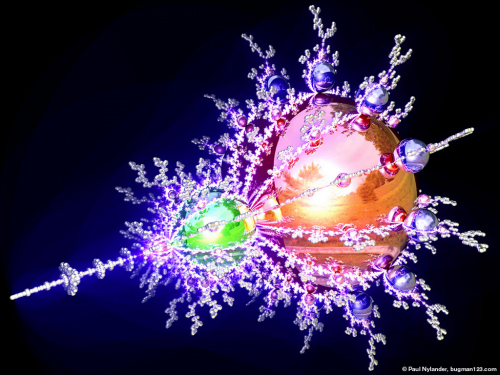











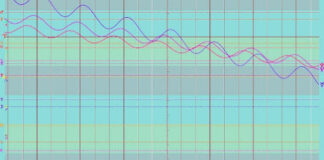

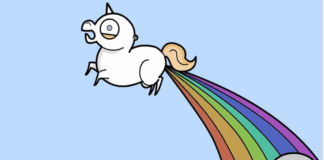












Sashwat pranam, salaam, namastey , salute dear, absolutely , wonderful , indeed. The love and peace and care ,infinity of Mother , the home and all that is the wisdom in unity we manifest as east or west the oneness we all have is the best. Yes, the bacteria good we have , we are, with the love of Mother Gaia, transforming , now forever. So be it . So it is . I AM. Thank you so much.Victory of the light.
There is nothing new here that has not already been expressed in the ancient knowledge of the East. If the Western world would dispense with its ego and incessant need to dissect each and every speck of knowledge handed to them they wouldn’t waste so much time “investigating” and have more time to “practice and do” that which is required for expansion of consciousness and true wisdom. I’m willing to bet that for every Nobel Prize in science there is a corresponding ancient Eastern wisdom that has already articulated the foundation of what the prize was all about but it is just that Western Ego can not bow and give credit to the East.